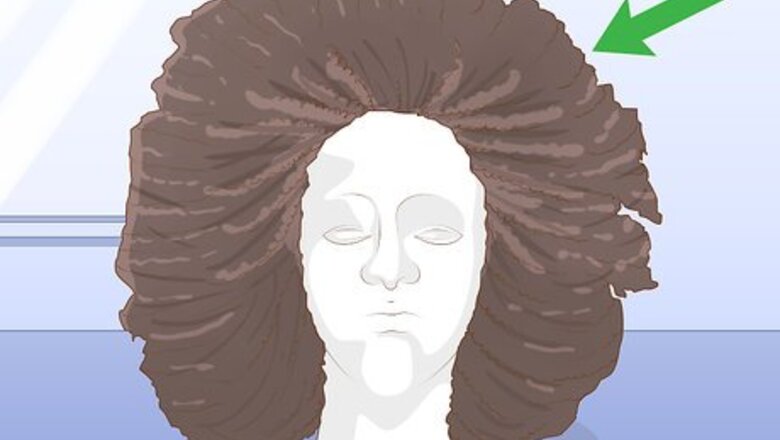
views
X
Research source
So the best way to decide which method is right for you is to decide what kind of style you want to achieve.
How to Get Started
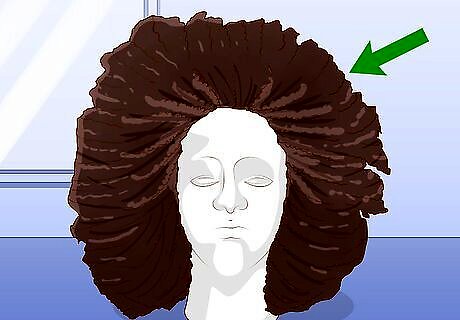
Select the style you want for your afro hair. Once you know the look you are going for, you can figure out the best way to try and achieve it. You will want to figure out if your desired style will require you to grow or trim your hair. If so, it is better to trim your hair beforehand so you have less hair to transition into your afro look.
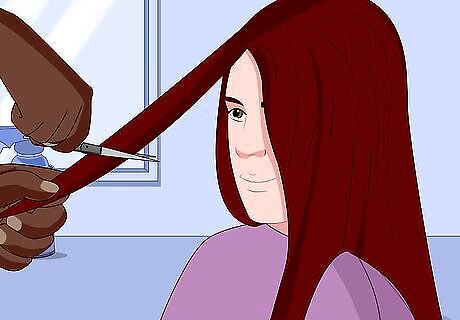
Trim or grow your hair to the desired length. To create an afro with straight hair, it is best to start with at least 4-6" of length. Your hair needs to be long enough to braid or put in rods. If your hair is longer than 12" in length, you may want to trim the hair if your goal is to achieve an afro that stands up.

Wash your hair with your regular shampoo. Rinse your hair thoroughly. It is important to start with clean hair that is free of natural oils. Clean hair will also make it easier to work with your hair when putting it in braids or rollers.
How to Perm

Get a perm at a salon. Observe the techniques the stylists use. Watch how they put the curlers in your hair. That way, even after your perm grows out, you can temporarily get tight curls at home by wrapping your hair around small perm rods while it's wet. If your hair is chemically treated—like it's been colored or relaxed—a perm may not be the best solution for you. The additional chemicals can damage your hair and cause it to break. However, you can still get a temporary set with perm rods.
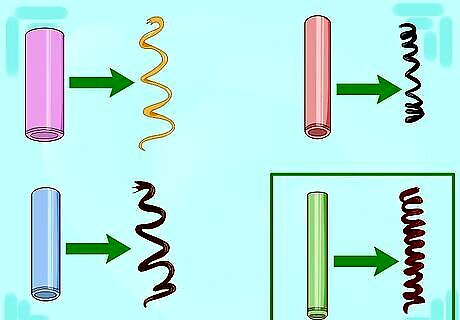
Request the smallest possible curlers. Your stylist will use a series of plastic perm rods to give you a perm. Small rods are best to create the tightest afro. If the rods are too big, your perm will only achieve a wavy look instead of the afro look you are going for.
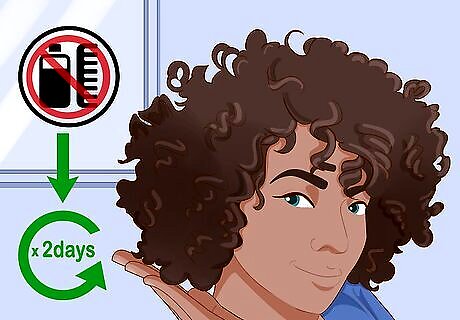
Wait a few days to allow the perm to settle. Don't shampoo or comb your hair for a day or two immediately after your perm. Letting the perm settle will help the effects of the perm to last longer and keep your hair healthy.

Comb out your curls with a wide-toothed pick comb to separate the curls. The goal is to loosen up the curls just enough to make it possible to backcomb. You can also use your fingers to gently separate the curls.
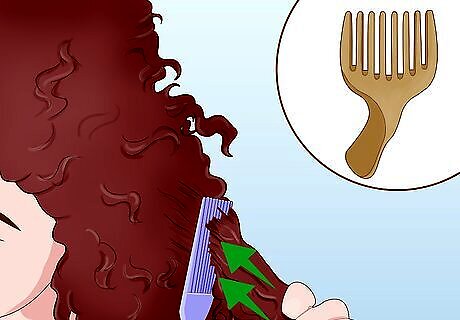
Expand the curls by combing with a fine-tooth comb. You can also use a 3-row teasing brush. This will further separate the curls and give your hair a fuller afro look. Hold a small section of hair taut with your fingers. Smaller sections will make for greater volume in your hair but will take a bit longer to do. Use a fine-toothed comb or 3-row teasing brush to gently comb the hair downward toward your scalp. Use just enough pressure to create some tangles, but not so much that the hair breaks. Repeat until the section has the desired volume.
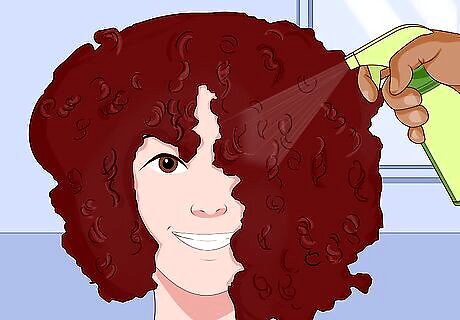
Style your afro. Ditch your combs! Shape your afro hair with your hands and a pick comb. Only apply hairspray to help it hold if needed. Since curly hair tends to get dry, you can apply a light shine spray regularly to help keep your hair moisturized and glossy.
How to Braid
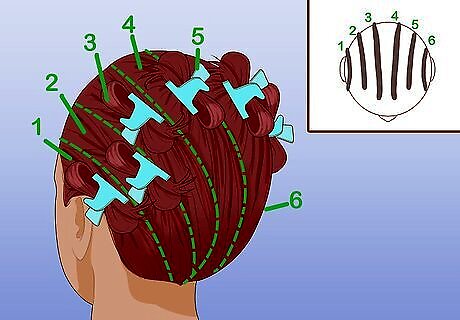
Part your hair into at least 6 or 8 even sections, going from your forehead back to your neck. Use a comb to achieve a precise part. Working with hair that is slightly damp might make it easier as well. You can use hair ties or clips to hold the sections as you create them.
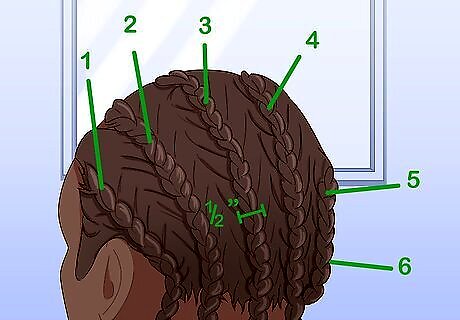
Cornrow each section of hair. Ask for help if you have a hard time braiding your own hair. Depending on how many sections you decide to braid, this step could take several hours, so you might appreciate the help and the company. If your braid is thicker than a half inch, you need to section off your hair in smaller widths. A braid that is too thick will only achieve wavy hair. Make smaller sections of tighter braids to give yourself the fullest afro possible.
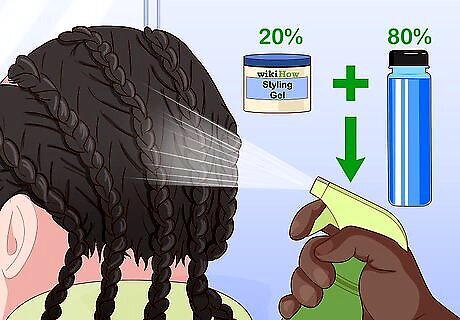
Wet your hair again and apply styling product. A volumizing mousse or setting lotion will help to create firm, long-lasting curls. To simplify this step, you can make a solution of 20% setting lotion or gel and 80% water and saturate the braids with the solution.
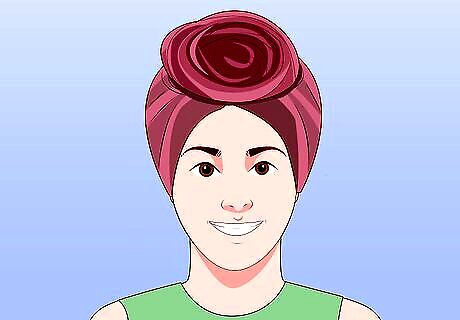
Cover your hair with a satin scarf until dry. Start with wet or damp hair before bed. If you have fine hair, you may be ready to finish your afro when you get up in the morning. If you don't want to wait for your hair to air dry, you can use a hair dryer to dry the braids faster.
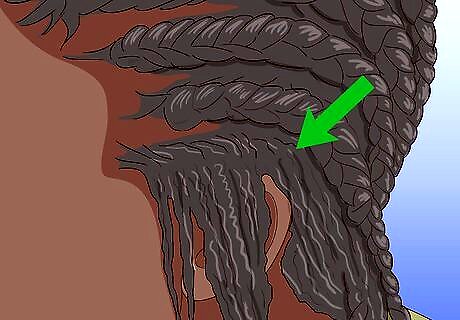
Remove the braids. Make sure the braids are completely dry before taking them out. If your hair seems tangled, apply a pea-sized amount of a moisturizer like shea or coconut butter to the remaining braids to make the rest of the process easier.
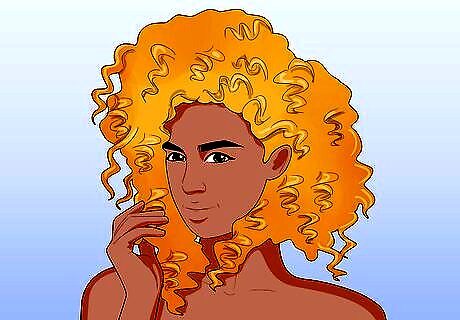
Tousle your hair with your fingers. If you have long hair, bend over and let the weight of your hair and gravity help the process. Your hair should appear much more crimped than before.
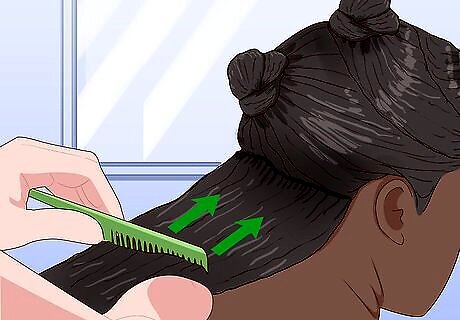
Backcomb any areas that need more volume. If there are any areas where you feel like your afro looks a little flat, use your fine-tooth comb or 3-row teasing brush to add extra volume at the roots. Repeat until your hair has the desired fullness. Do not use too much pressure when backcombing. You don't want the hair to break.
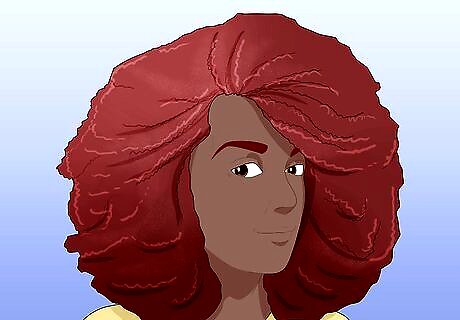
Set with styling product if needed. A little hairspray is all you need to hold your afro in place. You can carry a pick comb around to keep your afro detangled and looking fabulous everywhere you go. Audrey Davis-Sivasothy Audrey Davis-Sivasothy, Chemist and Cosmetologist While achieving a perfect afro on straight hair takes patience and care, the journey can be deeply rewarding as you reconnect with the natural beauty of your God-given texture. Whether you braid, twist, perm or simply encourage your waves with the right products and techniques, embrace the process as an act of self-love.

















Comments
0 comment